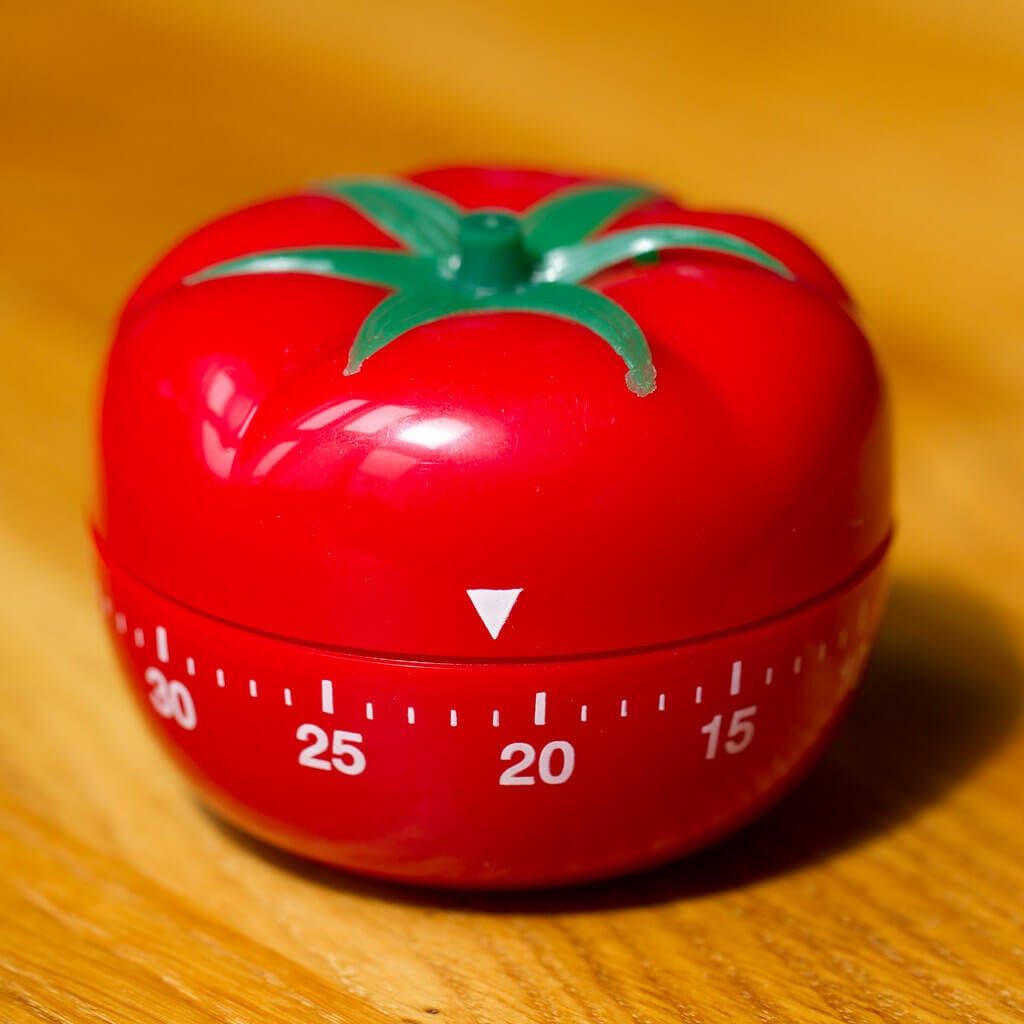Pomodoro
A marathon of sprints
This is part two of my “Draft One” series. You can reference the last post if you aren’t familiar!
Writing the first draft of my novel, I discovered a few strategies and tactics that might help other writers. Last time, I talked about a strategy: Go Big. To not piss off the Muse with a pithy goal, but instead pursue an ambitious creative project. My next learning is a tactic—a means to achieve that Go Big strategy.
#2: Pomodoro
A Machiavellian businesswoman answers her own question: “How do you eat a whale? One bite at a time.” A middle-school teacher smiles at a poster beside the whiteboard: “A journey of a thousand miles begins with a single step.” An old writer pens the advice of her deceased father: “Bird by bird, buddy. Just take it bird by bird.”
A book is written one word at a time—nothing novel there. And writing one word isn’t hard at all, yet it’s easy to go days or weeks without penning a damn thing.
Because one word doesn’t amount to anything. If I wrote one word per day for a year, I’d have half a blog post. That’s neither inspiring nor practical. Knowing this, it’s easy to abandon the idea of small steps. Options like writing a chapter per day or 1,667 words for NaNoWriMo in one sitting become appealing. For years, I tried to write for an hour each day. Despite the continued effort, my mind would wander throughout the session. Worse yet, I’d procrastinate to avoid the discomfort of focusing my thoughts.
If one word/one minute is too small and 1,667 words/one hour is too large, what’s the right size? I found 25 minutes is just right. The Goldilocks zone of making traction without burning out. To quote Jerry Seinfeld:
When you’re writing, you want to treat your brain like a toddler. It’s just all nurturing and loving and supportiveness. And then when you look at it the next day, you want to be just a hard-ass.
My toddler mind likes 25-minute playtimes enough to give my hard-ass critic something to shred later.
This is the Pomodoro Technique. Developed in the 1980s by Francesco Cirillo, who used a tomato-shaped kitchen timer to focus on studying, the Pomodoro Technique is designed for short intervals of focus. In proper form, the user works for 25 minutes with no breaks or distractions (“a pomodoro”), then rests for five minutes, then begins another 25-minute session, and repeats. After four pomodoros, it’s recommended to take a longer 15- to 30-minute break.
I used modified pomodoros. The 25-minute length was good, but I rarely did back-to-back sessions. I set a timer on my phone and focused deeply until the alarm sounded. I forbid anything but writing during the pomodoro. If the timer went off and I’d achieved flow, I kept writing. If I was tired or busy, I stopped. So long as I did one pomodoro per day, that day was a success—which is a kind, nanny-like mindset that’s considerate of life’s lumpiness. During November, I averaged five or six pomodoros per day, taking ten-minute breaks between sessions. Since I’m neurotic, I spent that time on productive procrastination—taking out the trash, folding laundry, paying bills, etc. During May, on busy workdays or periods of other obligations, a single pomodoro kept a good streak going.
Simple as that. A pomodoro is painless yet productive, and it can be sustained day after day–a marathon of sprints. I wrote my entire 276-page novel in 25-minute sessions and continue to use this tactic for any writing project. This one, for instance, was written in 🍅 🍅


